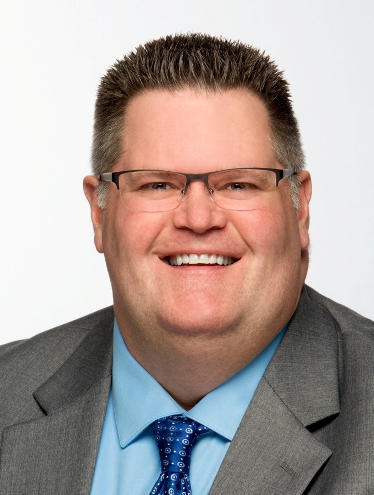 The Seattle Department of Transportation (SDOT) just released its 2017 Traffic Report, a study of its 2016 traffic data. The SDOT compiles and analyzes information about cars, trucks, pedestrians, motorcycles, and bicycles in the city. Data traffic engineers and planners use the data to improve Seattle streets.
The Seattle Department of Transportation (SDOT) just released its 2017 Traffic Report, a study of its 2016 traffic data. The SDOT compiles and analyzes information about cars, trucks, pedestrians, motorcycles, and bicycles in the city. Data traffic engineers and planners use the data to improve Seattle streets.
The Good: The Number of Cars in Seattle Has Not Increased Despite Population Growth
Thankfully, the number of cars in Seattle stayed the same from 2015 to 2016, even though the population increased. We now have 19,901 more people who call Seattle home than in 2015. This is a 2.9 percent increase. Some possible reasons that the number of cars did not increase with the population include that people are:
- Walking or riding their bikes. A total of 16 percent of commuters walk (12 percent) or bike (4 percent) to work in Seattle.
- Using public transportation and transit. Seattle’s bus service improvements and additional stations for light-rail played a part in the 4.8 percent increase in transit ridership in 2016, a rate more than double that of Houston and Milwaukee, according to the Seattle Times.
- Carpooling
The Bad: Bicycle Ridership is Down
Although increasing bicycle ridership is a priority for the SDOT, 2.6 percent fewer people rode their bikes around town in 2016, as compared to the previous year. On the bright side, in the areas where the city has completed projects from its Bicycle Master Plan, more people are riding their bikes. One such project is the 2nd Avenue protected bike lanes. From 2014 to 2016, Bicycle ridership in that section of the roadway has almost tripled.
The Ugly: Serious Injury Accidents Increased
Seattle has a Vision Zero Action Plan with the goal of preventing all serious and fatal injury crashes. Unfortunately, we have a way to go before we achieve that lofty but noble goal. There were 191 fatal and serious injury traffic accidents on Seattle streets (not including limited access State Highways or Interstates) in 2016. This number is a 16.5 percent leap up from the 2015 statistics. Here is the breakdown of the 2016 collisions:
|
Total fatal and serious injury crashes |
191 (up from 164 in 2015) |
|
Fatalities |
20 (down from 21 in 2015) |
|
Serious injuries |
171 (up from 143 in 2015) |
|
Pedestrian fatalities |
5 (down from 7 in 2015) |
|
Bicyclist fatalities |
3 (up from 1 in 2015) |
Even though our 2016 collision rate of 11,603 police-reported wrecks is below the 2006 numbers of 15,625 crashes, we see a disconcerting upward trend. There were only 10,930 collisions in 2015. When you factor in the average daily traffic for each year, Seattle had a citywide collision rate of 55.5 in 2015 and 59.0 in 2016. For some perspective, the citywide collision rate was 79.4 in 2005.
Some of the top causes of Seattle collisions in 2016 were:
- 2,386 – Inattention
- 1,570 – Did not grant right-of-way to vehicle
- 1,265 – Unknown driver distraction
- 597 – Following too closely
- 304 – Exceeding reasonable and safe speed
- 53 – Exceeding posted speed limit
It is interesting to note that 31 accidents occured because a driver was under the influence of drugs, and in 419 wrecks, alcohol impairment was a factor. In 22 crashes, a driver was operating a hand-held phone, and in six accidents, the driver was operating a hands-free wireless phone.
Learn from The Past
To understand where we are, we need to take a look at where we have been. Here is how some of the 2016 numbers compare to the 2006 data:
|
|
2006 |
2016 |
|
Average daily traffic in Seattle |
1,054,570 |
1,019,295 |
|
Seattle population |
580,485 |
704,352 |
|
Transit ridership |
116,796,866 |
165,615,341 |
|
People employed in Seattle, Tacoma & Bellevue |
1,702,077 |
1,935,205 |
The number of people walking in Seattle has increased in the last five years. In 2011, about 59,000 people were walking in the winter, 65,000 in the spring, and 64,000 in the autumn. In 2016, around 59,000 people were walking in the winter, 96,000 in the spring, and 105,000 in the autumn.
If you have suffered injuries in a car accident, contact Max Meyers Law at for your no-cost claim evaluation.


